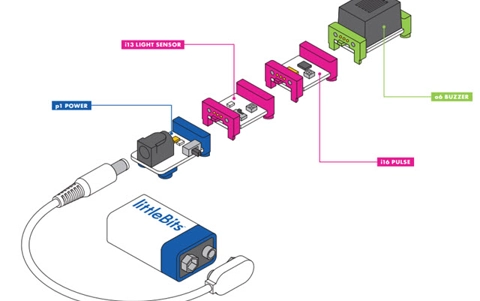Animal adaptations
In this lesson sequence students explore aspects of animal adaptation prior to applying their knowledge to constructing their own digital creature using littleBits electronic sets.
Additional details
| Year band(s) | 5-6 |
|---|---|
| Content type | Lesson ideas |
| Format | Web page |
| Core and overarching concepts | Digital systems, Abstraction |
| Australian Curriculum Digital Technologies code(s) |
AC9TDI6K02
Examine how digital systems form networks to transmit data
AC9TDI6K01
Investigate the main internal components of common digital systems and their function |
| Keywords | Adaptation, Biology, LittleBits, Circuitry, Circuits, Maker spaces |
| Integrated, cross-curriculum, special needs | Science |
| Organisation | ESA |
| Copyright | Creative Commons Attribution 4.0, unless otherwise indicated. |
Related resources
-

DIY micro:bit metal detector (Years 5-6)
This activity shows one way to incorporate Digital Technologies into a goldfields unit in an authentic way using a micro:bit.
-
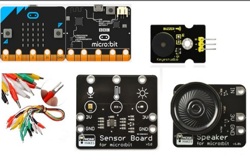
Classroom ideas: Micro:bit Environmental Measurement (visual programming) (Years 5-6)
This tutorial shows the coding needed for digital solutions of some environmental issues that can be created using pseudocode and visual programming.
-
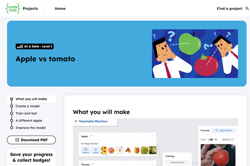
Apple vs tomato
Train a machine learning model to detect if you are holding an apple or a tomato. Then, improve the classifier by using more diverse training data.
-
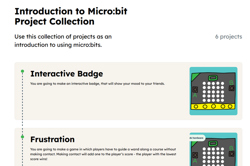
Introduction to Micro:bit Project Collection
A collection of projects that can be used as an introduction to using micro:bits.
-
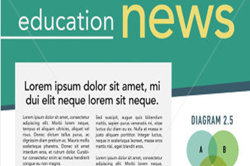
Home/School communications
In this lesson sequence, students use big data sets and school surveys, to design (and as an extension activity, make) a new digital communication solution for the school.
-

Water Water everywhere!
In this lesson, students are presented with the challenging problem of measuring a volume of water using containers that are not the exact measurement size.
-

How to build an integrated STEM lesson using Minecraft
This sample STEM activity, demonstrates an approach to developing cognitive skills used when students solve a problem using Minecraft to design and build a sustainable house.
-
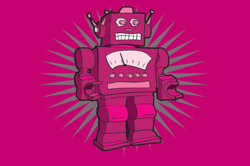
Artificial intelligence…but where is the intelligence?
Use these activity ideas to explore issues related to AI including what is artificial intelligence, learning from mistakes, and how the brain actually works.
